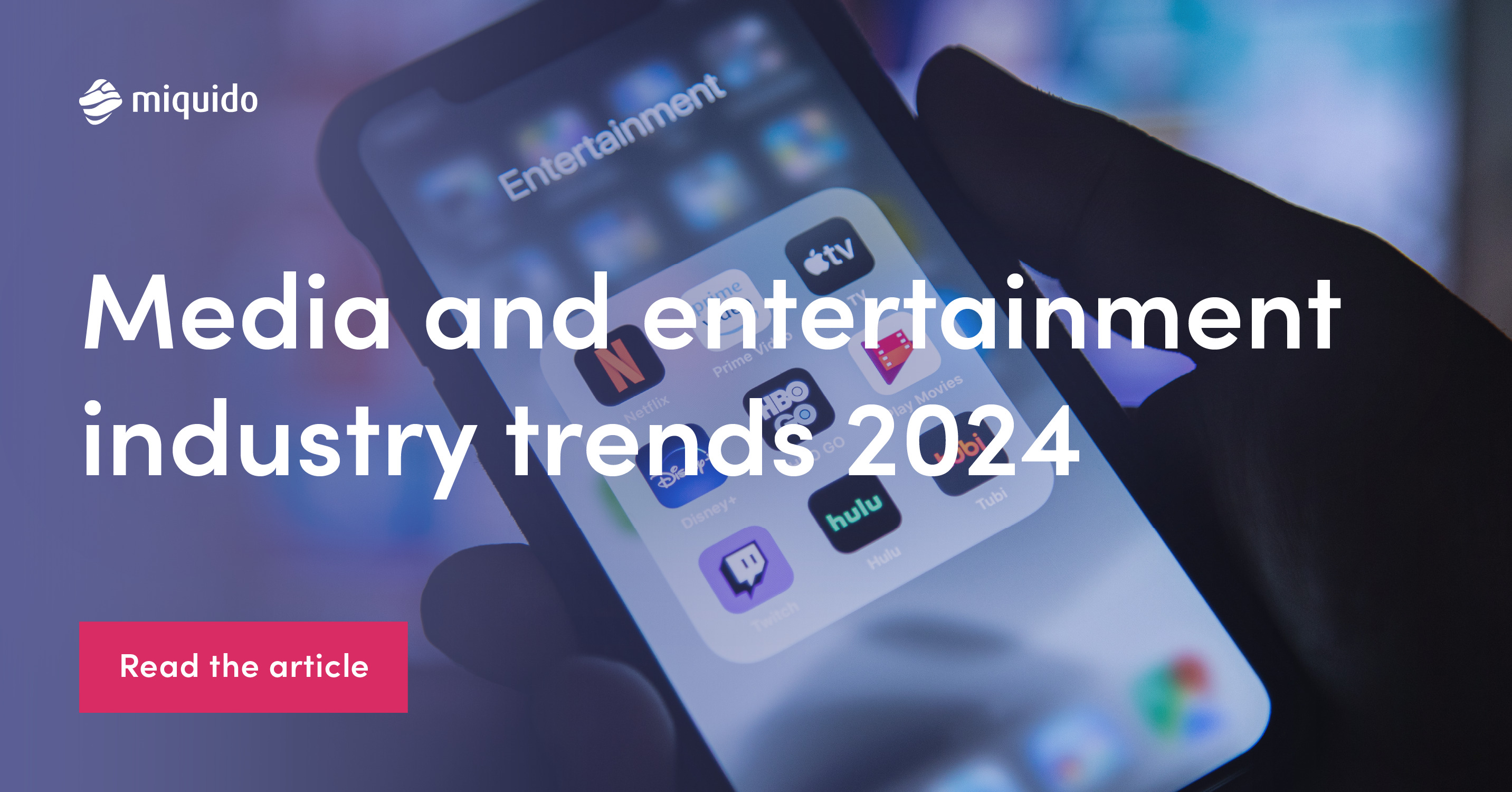Bydly Insights
Explore the latest news, trends, and insights across various topics.
From Stage to Screen: The Evolution of Live Entertainment
Discover how live entertainment transformed from captivating stage performances to immersive screen experiences—unlock the evolution now!
The Impact of Technology on Live Performances: A Historical Perspective
The evolution of technology has significantly influenced live performances throughout history. In the early 20th century, the introduction of electronic sound systems transformed the way musicians interacted with their audiences. This shift enabled larger crowds to experience performances in venues that previously could not accommodate their sound. The invention of amplifiers and microphones began a new era of performance where artists could reach more fans without compromising the integrity of their music. This technological advancement laid the groundwork for the complex audio systems we see in modern concerts.
As we progressed into the late 20th and early 21st centuries, the impact of technology on live performances became even more pronounced. Video screens, digital lighting, and computer-generated imagery have revolutionized stage design, offering audiences a multi-sensory experience that enhances the overall performance. Artists now use technology not just to amplify their sound, but to create elaborate visual narratives that engage viewers on a deeper level. This historical shift underscores the importance of innovation in the performing arts, demonstrating that technology is not merely a tool but a vital component that elevates the live performance experience.

How Streaming Services Are Shaping the Future of Theater and Live Events
The rise of streaming services has transformed the way audiences consume content, significantly impacting the traditional theater and live events landscape. As more people turn to platforms such as Netflix, Amazon Prime, and Disney+, the exclusivity of live performances has begun to wane. In response, theaters are adapting by incorporating digital elements into their programming, such as live streaming performances and offering on-demand recordings. This shift not only provides convenience for viewers but also expands reach beyond geographical limitations, allowing theater companies to attract a global audience.
Moreover, streaming services are paving the way for innovative collaborations between theater productions and digital platforms. These partnerships create new revenue streams and marketing opportunities, enabling live events to thrive in an era dominated by digital consumption. For instance, productions may opt for hybrid models that combine in-person attendance with virtual ticketing options, effectively bridging the gap between traditional theater and the modern digital landscape. As we move forward, it is evident that the evolution of entertainment will be a symbiotic relationship between streaming services and live performances, shaping a dynamic future for the arts.
What Makes Live Performance Unique in the Age of Digital Entertainment?
In an era dominated by digital entertainment, live performance stands out as a unique and irreplaceable experience. Unlike pre-recorded music or streamed content, live performances offer an authentic connection between the artists and their audience. The energy in the room, the spontaneous interactions, and the shared reactions create a sense of community that digital formats struggle to replicate. This one-of-a-kind atmosphere not only enhances the artistic expression but also fosters deeper emotional connections among attendees, making each performance a memorable event.
Furthermore, live performance is characterized by its inherent unpredictability, which keeps audiences on the edge of their seats. Each show is distinct, with artists often improvising or making alterations that can lead to unexpected moments of brilliance. This element of surprise is a stark contrast to the polished perfection of recorded media, reminding spectators that they are witnessing something transient and fleeting. As audiences gravitate towards authentic experiences, the appeal of live performance continues to thrive, demonstrating its resilience in the face of digital entertainment's growing dominance.